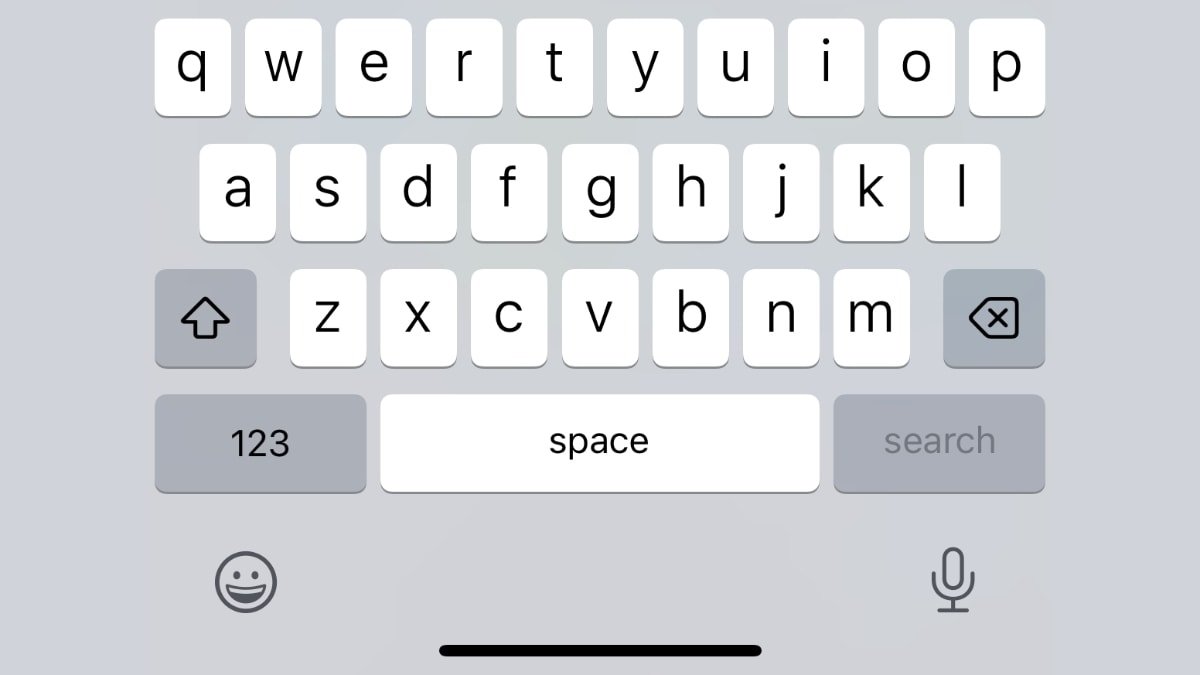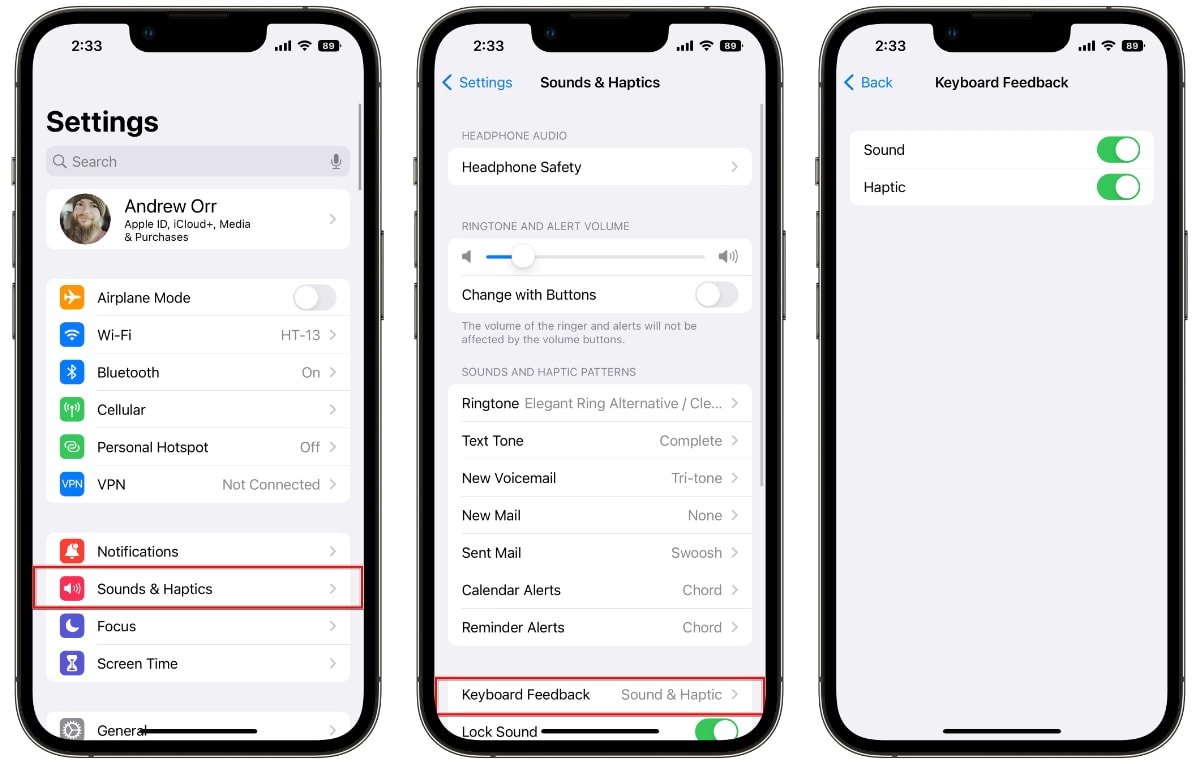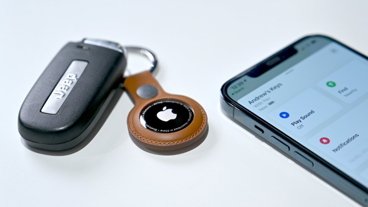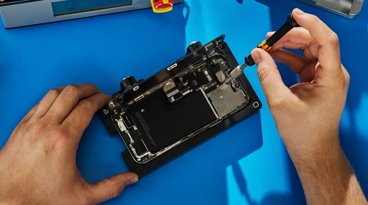How to enable the haptic keyboard in iOS 16
In iOS 16 Apple introduced Haptic Feedback to the iPhone keyboard. Here's how to use it.
Apple first introduced haptic feedback to the iPhone with the Taptic Engine in iPhone 7. It powered 3D Touch using slight vibrations in the physical device to let the user know that certain actions were taking place, such as pressing onto a notification to generate a menu of options.
The company removed 3D Touch with iOS 13, replacing it with a different experience it called Haptic Touch. By long-pressing on certain elements in the user interface, user can preview emails, move the cursor, rearrange icons, or open the camera from the Lock Screen.
Three years later, Apple has expanded the range of Haptic Touch with the keyboard in iOS 16. In this update, the iPhone will generate slight vibrations as each key is pressed when typing. It's turned off by default but can be accessed in settings.
How to turn on Haptic Touch in iOS 16
- Open Settings.
- Tap Sounds & Haptics
- Under Keyboard Feedback there is a toggle for Sound and Haptic.
The Sound toggle will generate an audible "click" whenever a haptic option is accessed, such as typing a letter on the keyboard, in addition to or instead of tactile feedback, depending on the status of each toggle found in this setting. The iPhone's physical mute switch controls the keyboard sound; turn it off and only the physical vibration will register.
It can be a helpful accessibility option, even though iOS doesn't expressly list it under that settings option. For example, iPhone users with vision impairment will instantly know when they have accessed a text field and activated the keyboard.
It's also a great way to tell that an iPhone is doing something, since touch is a major part of how brains experience the world.
While there is no evidence that an active Taptic Engine contributes to "wear and tear," turning it off does mean there is one less physical component moving inside the device. Apple does leave the setting off by default, so the company clearly sees this as a personal feature.
 Andrew Orr
Andrew Orr













 Sponsored Content
Sponsored Content
 Malcolm Owen
Malcolm Owen

 William Gallagher
William Gallagher

 Mike Wuerthele
Mike Wuerthele
 Christine McKee
Christine McKee







